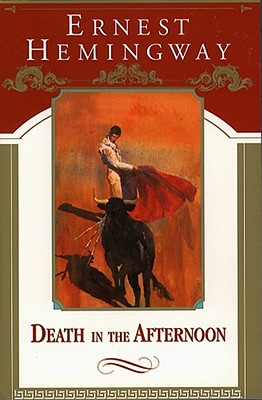Death in the Afternoon (Paperback)
$20.00
On Our Shelves Now
Description
Ernest Hemingway's classic exploration of the history and pageantry of bullfighting, and the deeper themes of cowardice, bravery, sport and tragedy that it inspires.
Still considered one of the best books ever written about bullfighting, Death in the Afternoon reflects Hemingway's belief that bullfighting was more than mere sport. Here he describes and explains the technical aspects of this dangerous ritual, and "the emotional and spiritual intensity and pure classic beauty that can be produced by a man, an animal, and a piece of scarlet serge draped on a stick." Seen through his eyes, bullfighting becomes an art, a richly choreographed ballet, with performers who range from awkward amateurs to masters of great grace and cunning.
A fascinating look at the history and grandeur of bullfighting, Death in the Afternoon is also a deeper contemplation on the nature of cowardice and bravery, sport and tragedy, and is enlivened throughout by Hemingway's pungent commentary on life and literature.
About the Author
Ernest Hemingway did more to change the style of English prose than any other writer of his time. Publication of The Sun Also Rises and A Farewell to Arms immediately established Hemingway as one of the greatest literary lights of the twentieth century. His classic novel The Old Man and the Sea won the Pulitzer Prize in 1953. Hemingway was awarded the Nobel Prize for Literature in 1954. His life and accomplishments are explored in-depth in the PBS documentary film from Ken Burns and Lynn Novick, Hemingway. Known for his larger-than-life personality and his passions for bullfighting, fishing, and big-game hunting, he died in Ketchum, Idaho on July 2, 1961.

